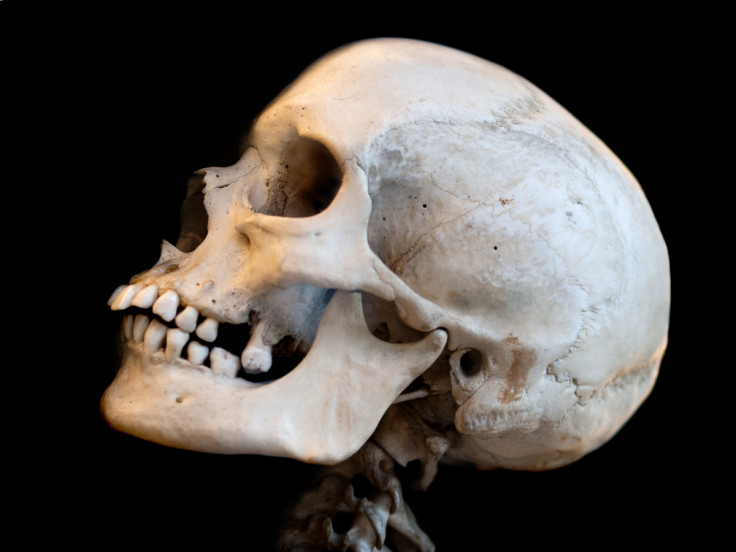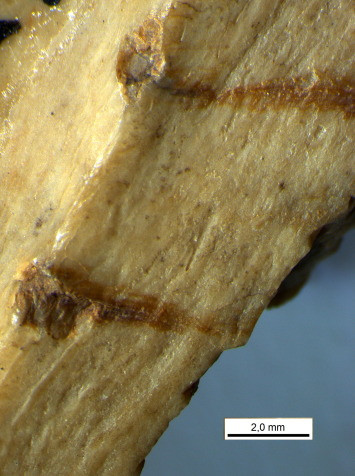Butchered human bones point to cannibalism in Mesolithic Spain 10,000 years ago
Humans may have eaten each other in southern Spain, during the Mesolithic era.

Human bones and skulls discovered in a cave in southern Spain bear traces of having been butchered and consumed by other humans. This is the first time that archaeologists find evidence of cannibalism occurring in the region 10,000 years ago.
It is unclear however whether these practices were the result of periodic food stress suffered by human populations at the time, or if they were simply part of specific rituals.
The remains were found in Coves de Santa Maira are ancient caves located near the Spanish city of Valencia.
A team of archaeologists from the University of Valencia had been conducting excavations there when they discovered 30 different human bones deep in the cave as well as three skulls. They also identified a number of animal bones.
Using carbon dating, they established that the bones dated from at least two different events between 10,000 and 9,000 years ago, during the Mesolithic era.
This was a time of transition from intensive hunting to the initial stages of domestication. Great cultural changes were thus taking place, and are still not well understood by archaeologists. That humans engaged in cannibalism is yet another puzzling practice they will have to investigate.
The best hypothesis of cannibalism
In the study they published in the Journal of Anthropological Archaeology, the researchers explain how they noted strange tooth, stone and fire marks on the bones and set out to characterise them. Their analyses leave no place to doubt: the best possible explanation for these marks appears to be cannibalism.
The remains are thought to have belonged to at least three individuals, two adults and a young child. One of the adults would have been more strongly built than the other.
No signs of violence were observed, suggesting that the individuals were dead when they were eaten. The archaeologists note however that no anthropophagic marks could be identified on the child's skull.

Interviewed in Spanish newspaper El Mundo, lead author Juan Morales-Pérez said:
"We know that Mesolithic hunter-gatherers exploited a range of resources and ecosystems, from the coast to the mountains. These were people who knew and consumed multiple and diverse resources, so it's hard understand why cannibalistic behaviours would have emerged in this context".
A possibility is that these practices occurred only from time to time, as a mean to survive when food suddenly became scarce.
However, the authors also believe that cannibalism could have been a well-accepted social and cultural practice at the time, emerging in the context of violent conflicts or funerary rites.
More research will be needed to find out which of these hypotheses is correct. It already raises interesting interrogations about the way the last prehistoric hunter-gatherers in southern Europe lived, from how they ate to how they buried their dead.
© Copyright IBTimes 2025. All rights reserved.






















